The genre has transcended its literary roots, influencing film, television, and even political discourse. Dystopian books became a refuge for those who wanted to explore worst-case scenarios in a safe space. As the genre evolved, authors began to explore varying perspectives, including those of marginalized communities.
Young adult dystopian novels, such as “The Hunger Games” by Suzanne Collins and “Divergent” by Veronica Roth, gained immense popularity, drawing in a younger demographic. As a result, the genre has evolved, incorporating diverse voices and perspectives that reflect the complexities of our modern world.
Where Things Stand Now
Today, dystopian novels are more relevant than ever. Authors like George Orwell and Aldous Huxley sculpted worlds that cautioned readers about the potential consequences of totalitarian regimes, technological overreach, and environmental degradation.
Before the rise of great dystopian novels, literature primarily focused on romanticism, realism, and adventure. This connection sparked conversations around topics such as governmental control, environmental sustainability, and individual rights.
Book clubs, online forums, and social media platforms became avenues for discussing the implications of these narratives.
New authors emerged, bringing fresh perspectives and innovative storytelling techniques. These adaptations often spark renewed interest in the original texts, encouraging discussions among viewers and readers alike. top dystopian books
In conclusion, the transition from conventional literature to the realm of dystopian narratives marks a significant evolution in how stories are told and received. The transition period was marked by a diversification of themes and sub-genres. As readers continue to engage with these powerful stories, the potential for positive change remains limitless. classic dystopian books
